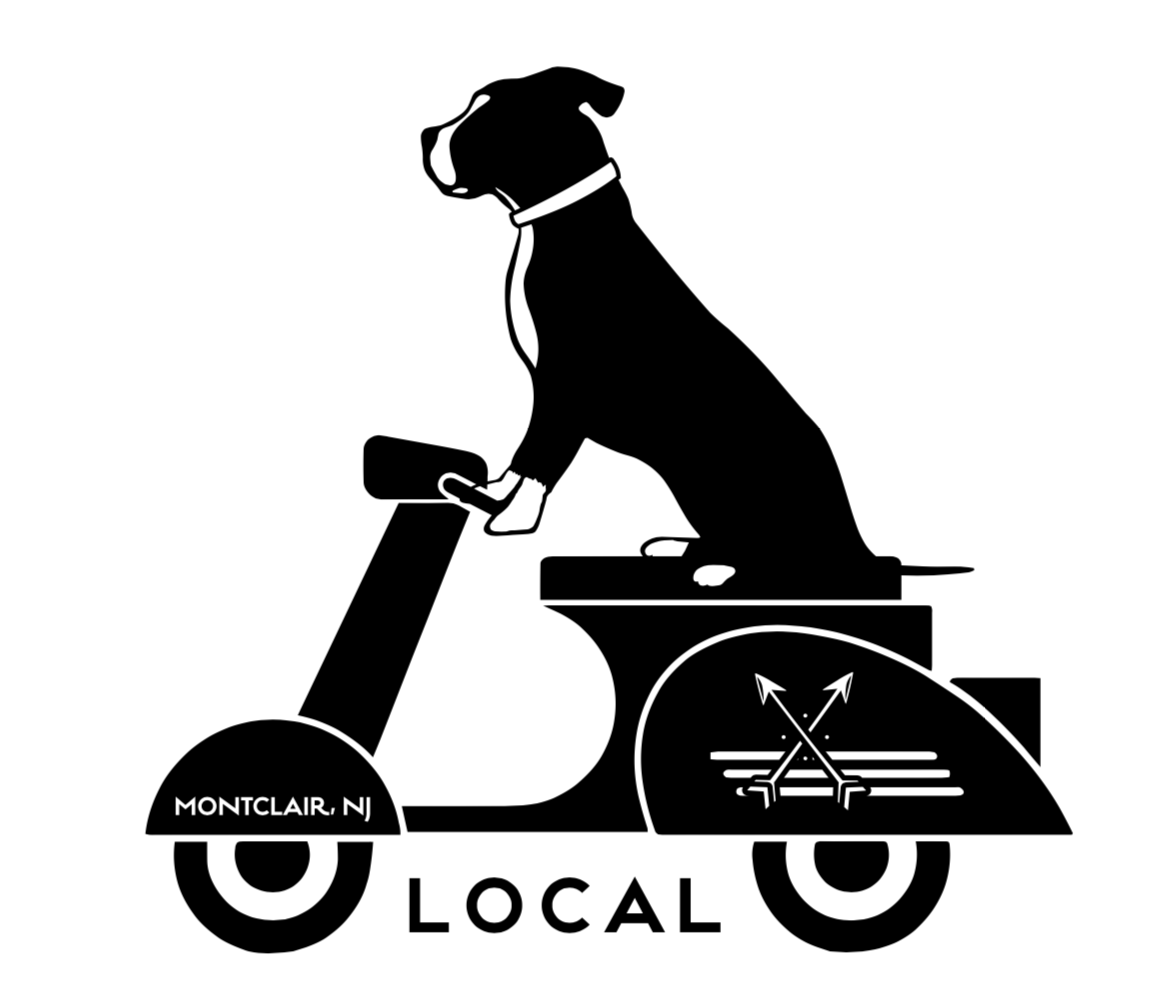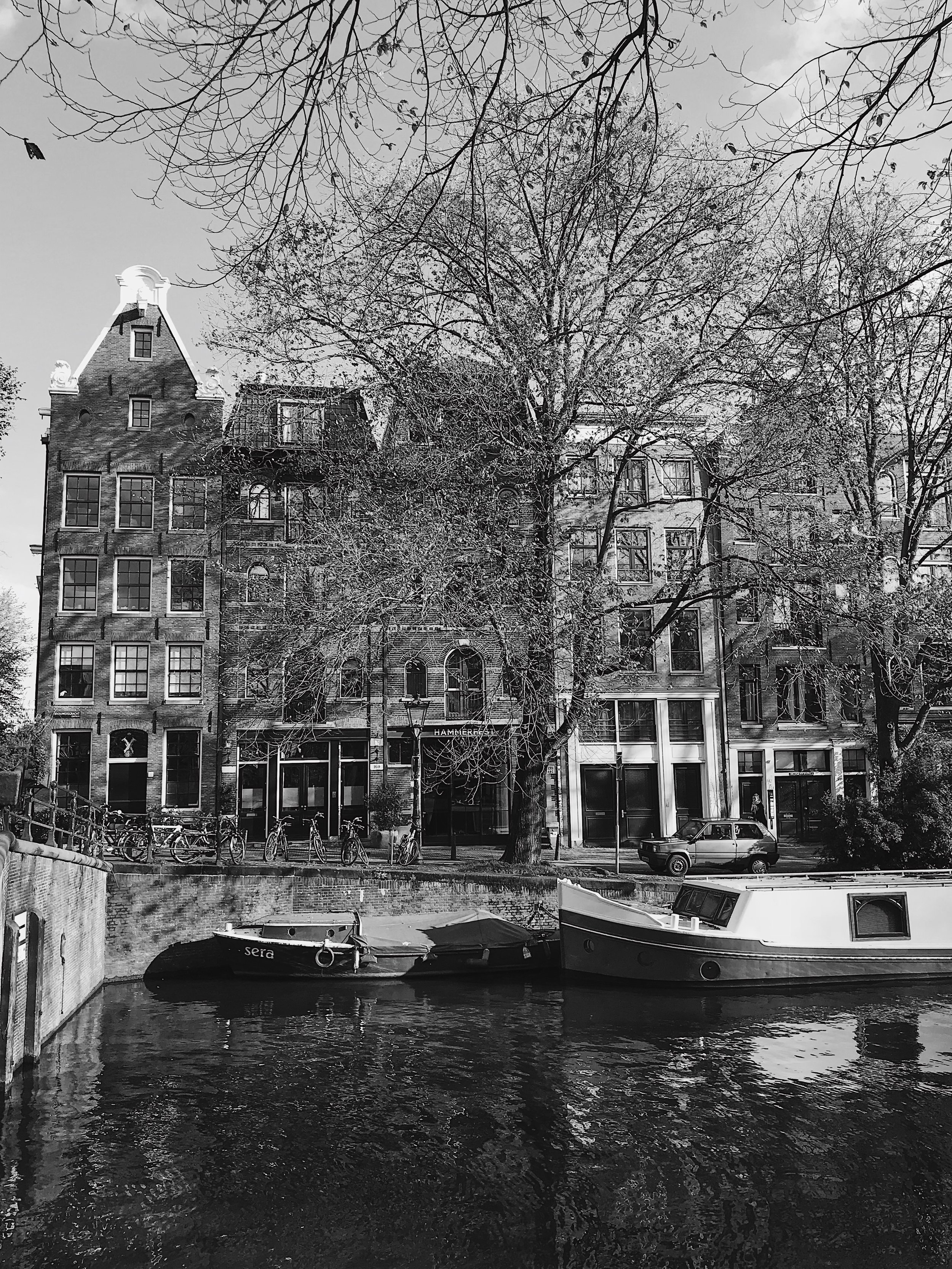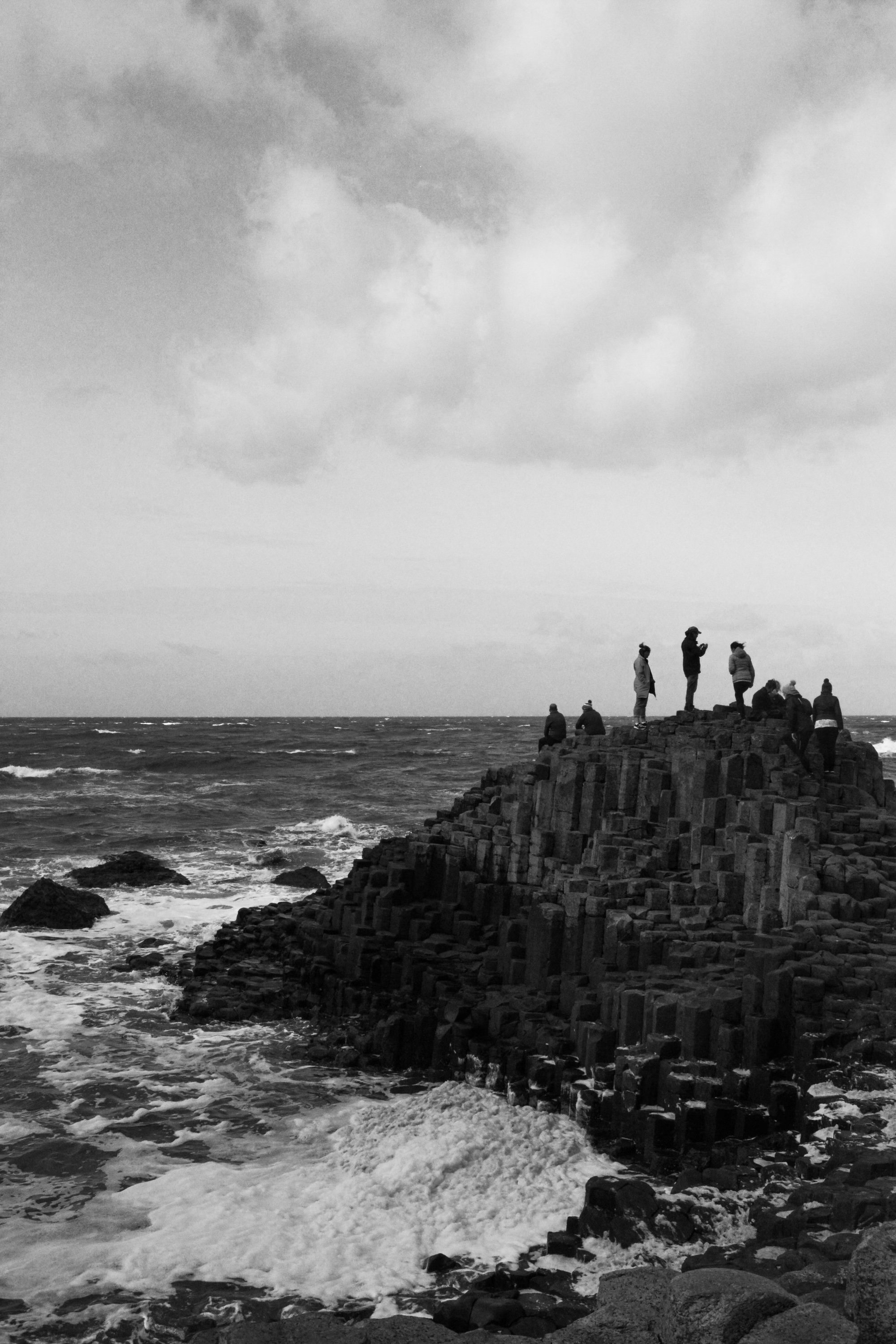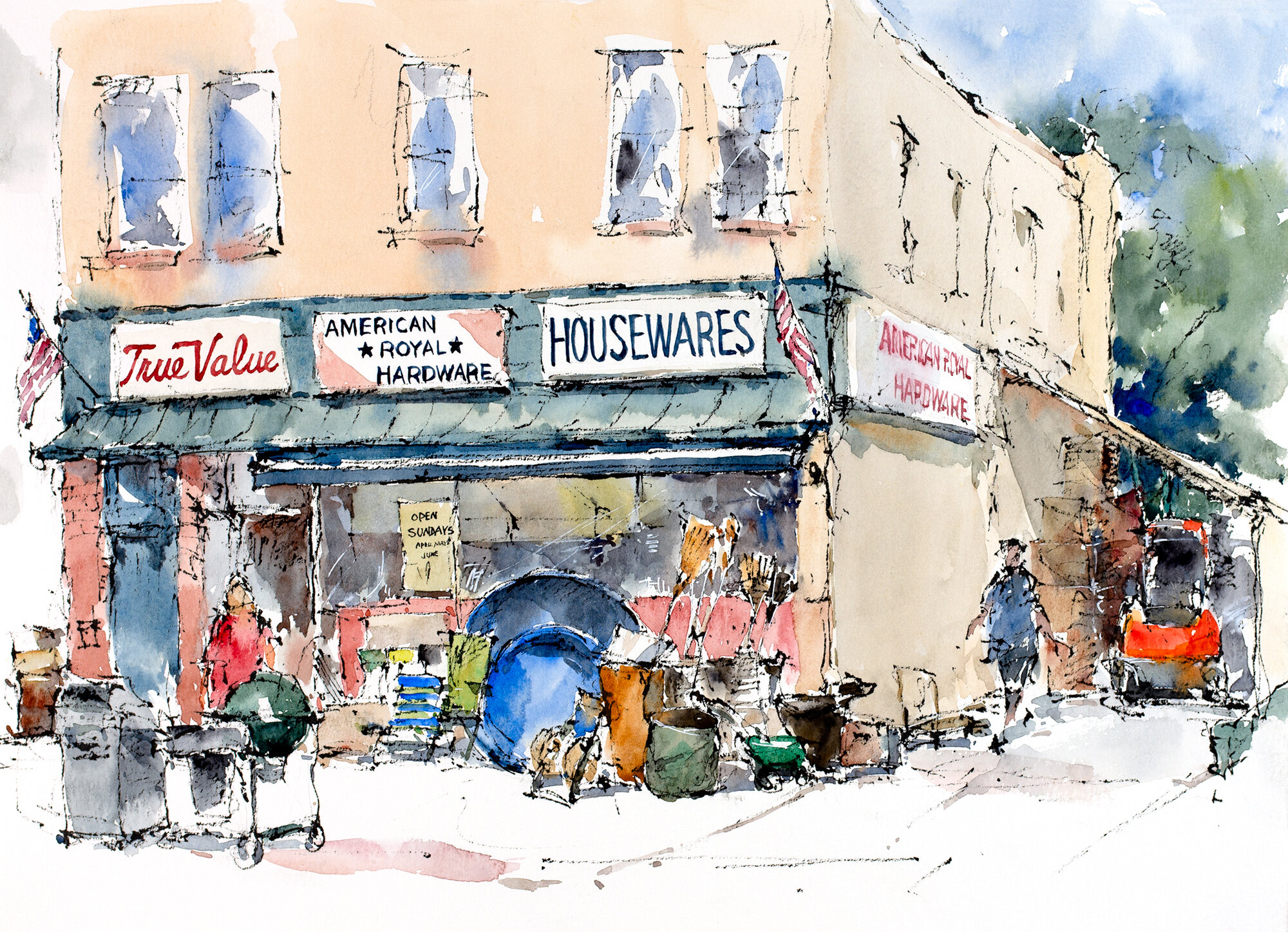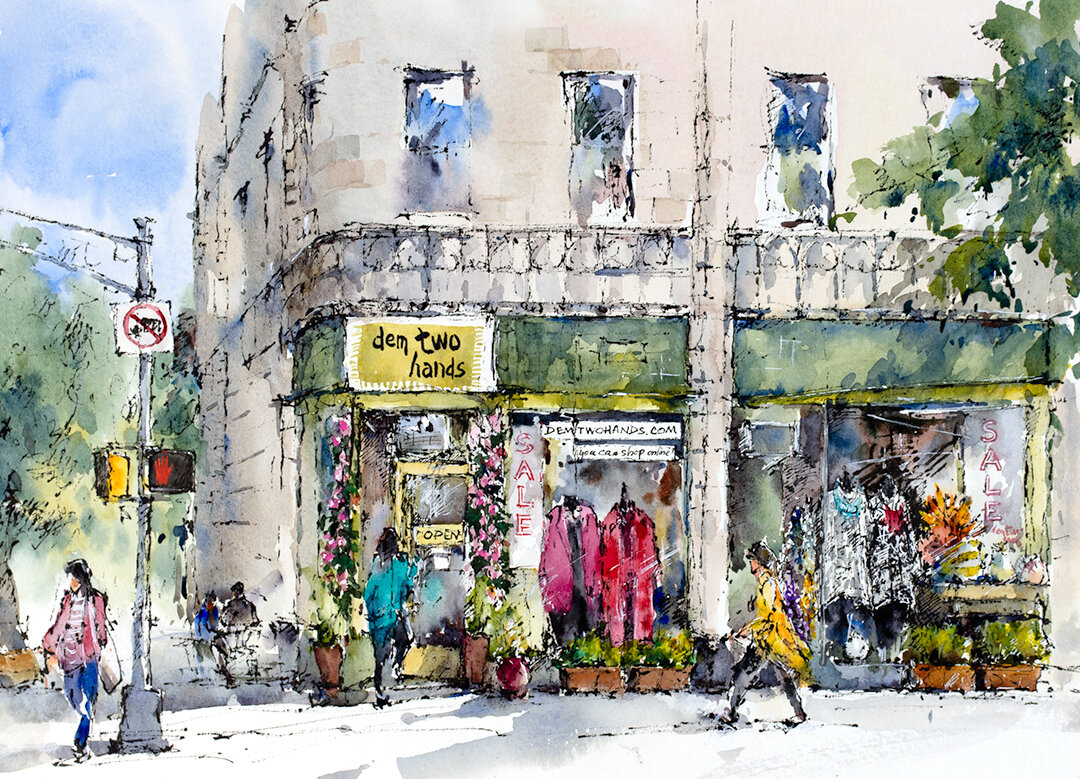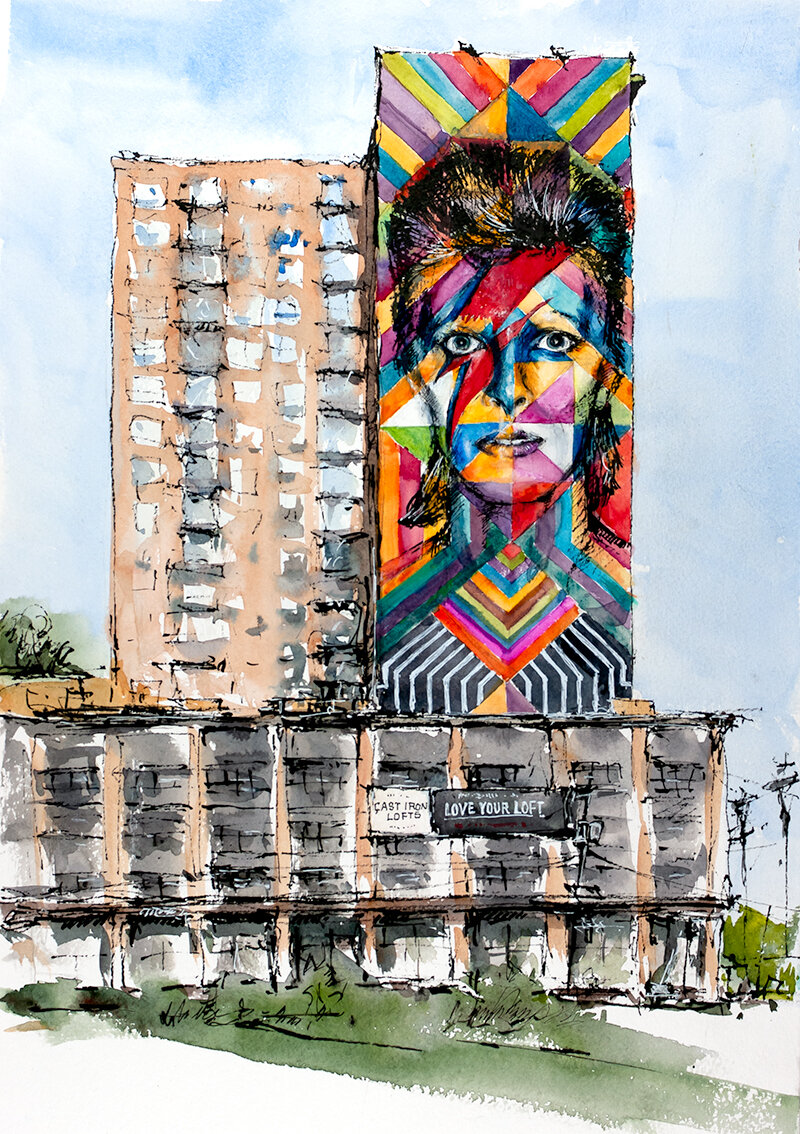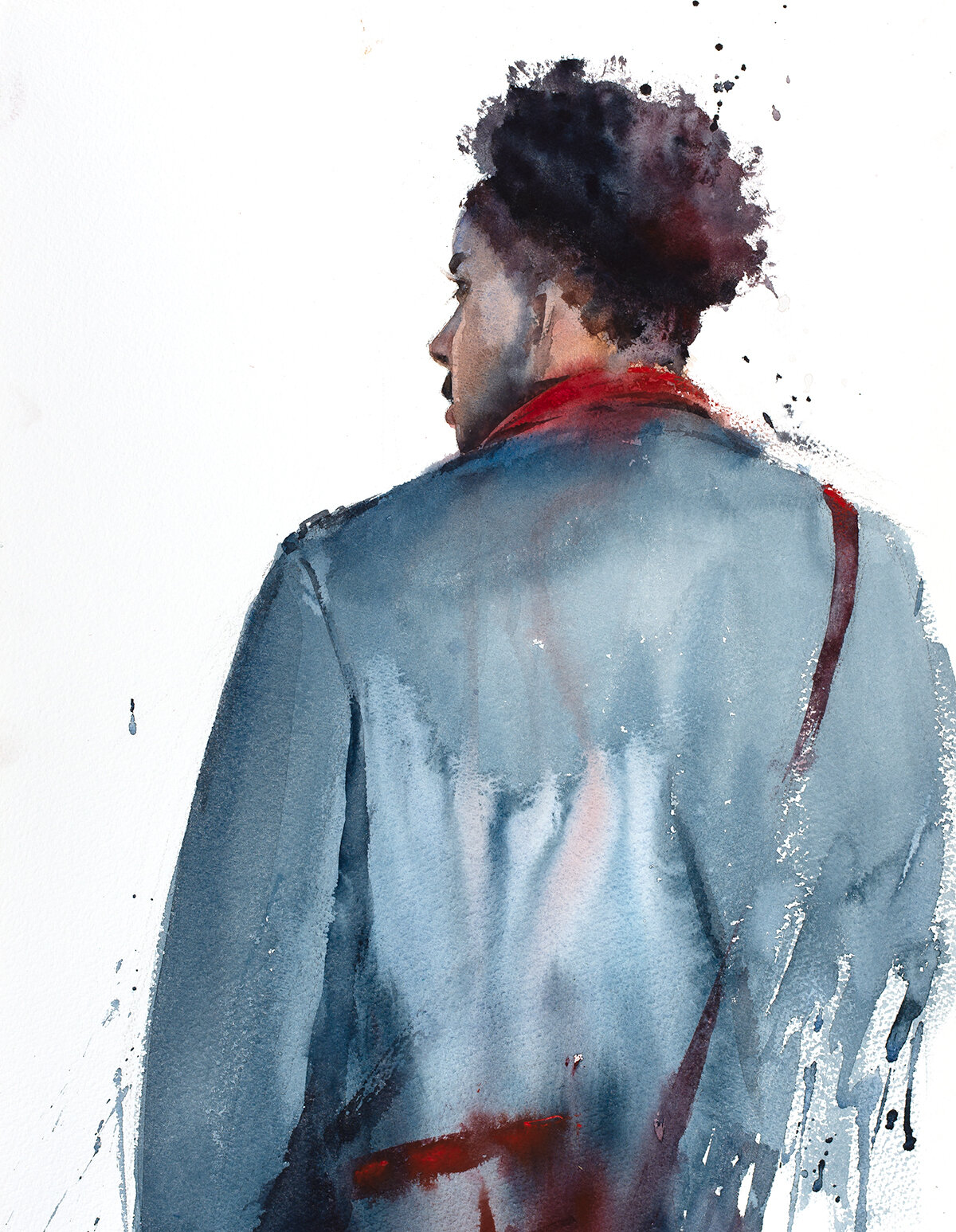LOCAL: Ariana! So happy to have your work up at the shop. How do you feel sharing a bit of yourself at the shop through your photography?
ARIANA: Hey Local Coffee! Thank you for allowing me to show my artwork, as I’m lucky to be among the talented artists before me. Over the last year, I started showing this collection of black and white photo series titled Europe in Black and White around different cafes and coffee shops in New Jersey and Upstate NY. I feel it should have gotten easier with each show, yet it is still nerve-racking! I am always nervous about how others will react or what they might think about my style of photography. However, I am thankful to exhibit my photographs and not only get feedback on how I can improve as an artist, but connect with people on their travels. As a result, I connected with loyal patrons of Local Coffee about traveling, their favorite style of photography, and most of all, their go-to coffee orders!
LOCAL: Tell us a bit about these photographs. When, Where and Why?
ARIANA: Europe in Black and White captures moments from when I traveled in the summer of 2019 and the winter of 2017. This collection pertains to the countries of Ireland, the United Kingdom such as England, Scotland, and other countries such as Amsterdam and Norway. I've been lucky to travel and take these photographs around Europe, either on solo trips or traveling with close friends and family. I love traveling to new places and experiencing new cultures and bringing my camera along is no exception.
I shoot my pictures in black and white as I believe it forces the viewer to focus on the image while adding color, in my opinion, can complicate and distract from what is right in front of them. Photographs in black and white exhibit the simplicity of the world, and can reveal that we’re much more similar than we are different. In addition, I’ve always been a fan of timeless black and white films, such as Casablanca, Notorious, and The Maltese Falcon. If the movie stars Humphrey Bogart or Cary Grant, I’ve seen it. My style and taste does not always resonate with everyone, but I believe there is something timeless with photographs taken in black and white that brings me back to a past life where we were not obsessed with editing an image to perfection.
LOCAL: You're still young and have been able to travel to many places many of us are still dreaming about. Tell us how you've been able to prioritize travel in your life -
ARIANA: For as long as I can remember, I had the travel bug. I will never turn down an adventure or the opportunity to go somewhere new. With my father being Greek and moving to America at 27-years-old, I got the chance to fly and visit my dads' side of the family from a young age. I knew traveling to Europe as a family was a privilege that not many kids my age had the opportunity to go. Once I knew places such as Athens, Mykonos, and Crete existed, I wanted to experience more of not just what Europe had to offer but the rest of America and the world. Being the youngest sibling, I traveled with my mother and sisters across the county for soccer tournaments or to see college campuses. Traveling has been a way of life. When COVID hit, I did not know if I could travel again. As much as I love New Jersey, there is so much more of the world to see. I learned that to grow not only as an artist but as a person, we need to step outside of our comfort zone and be open to new experiences. Additionally, it helps that my mother also loves to explore and travel, so I always have a travel buddy.
LOCAL: Was there one place that stood out where you felt super-connected to the environment?
ARIANA: One place that stood out to me when traveling in the summer of 2019 was the country of Ireland, especially the Irish countryside. I saw well-known cities such as Dublin, Galway, Cork, and Killarney and got the chance to explore Northern Ireland and tour Belfast, and crossed the National Trust Carrick-a-Rede bridge in Ballintoy. If you haven't seen it, you have to look it up! It is a wooden bridge that leads you to a remote island. I surprised myself by crossing the bridge. In addition, visiting The Cliffs of Moher, which are sea cliffs located at the southwest edge of Ireland that look out to the Atlantic Ocean, was a surreal experience. It’s breathtaking being on the edge of the world. Not only is Ireland's vast green landscape and the rolling hills unbelievably beautiful, but the people are friendly and welcoming. Growing up in North Jersey, I'm familiar with heading to Upstate NY and seeing a remote landscape, but Ireland's extensive history and open space needs to be experienced by all.
LOCAL: Is there a special location OR geographic environment that you have on your roadmap?
ARIANA: I’ve always said that before turning 30, I wanted to complete a road trip out west and explore the landscapes of Montana, Wyoming, Idaho, and Utah and visit either Glacier National Park or Yellowstone National Park. There are so many places in America that I have yet to tour. I would pick mountain ranges and forest landscapes any day compared to a beach setting. I’ve never been a person that chooses an island or a pool vacation to relax and unwind. Back in 2018, I climbed to the top of St Mary’s Glacier in Colorado, which at the peak is around 11,000 ft above sea level. I remember feeling small amongst these gigantic pine trees, and there wasn’t a feeling quite like it. It reminded me how important it is to look past what’s right in front of us and look at the bigger picture. I have three years left to fulfill this goal and now that I work remotely, I’m hoping to accomplish this vacation sooner rather than later as it has never been easier to work while traveling.
LOCAL: For our fellow photophiles out there, what type of camera(s) are in your arsenal and do you have a 'go-to' camera for special moments?
ARIANA: That is a difficult question! In total, I own ten cameras as some cameras I inherited from relatives and other cameras I purchased. Although the camera I can never leave the house without, besides the camera on my iPhone, is my Nikon FM 10, which is a manual 35mm. This camera I used for the Europe in Black and White series. It’s been with me everywhere and my most prized possession. I seem to be a brand loyalist to Nikon. It was the first camera I purchased back in middle school when I started adventuring into photography. My parents bought me a Nikon CoolPix L24 Digital Camera, in the color red, and Nikon has been my go-to ever since. The rest is history.
If I somehow forget to carry my Nikon FM 10, I like to have either my Nikon DSLR handy, a Fujifilm color 35mm disposable camera or an Instax Mini 9 in my bag for some fun quick shots with friends. I love the feeling of sending in the camera in order to see the photographs.
LOCAL: What's your favorite coffee or tea beverage?
ARIANA: Personally, it depends on the season. In the winter, I love chai with soy milk, and in the summer, it is either an iced coffee with soy milk or an iced tea with some honey. The honey I buy is from Local Coffee! Over the last year, I've been on a honey hunt for the best honey in New Jersey, and the Raw Honey available to purchase here goes with me everywhere!
To learn more about Ariana and follow-along through her many journeys: https://linktr.ee/ag_curate
